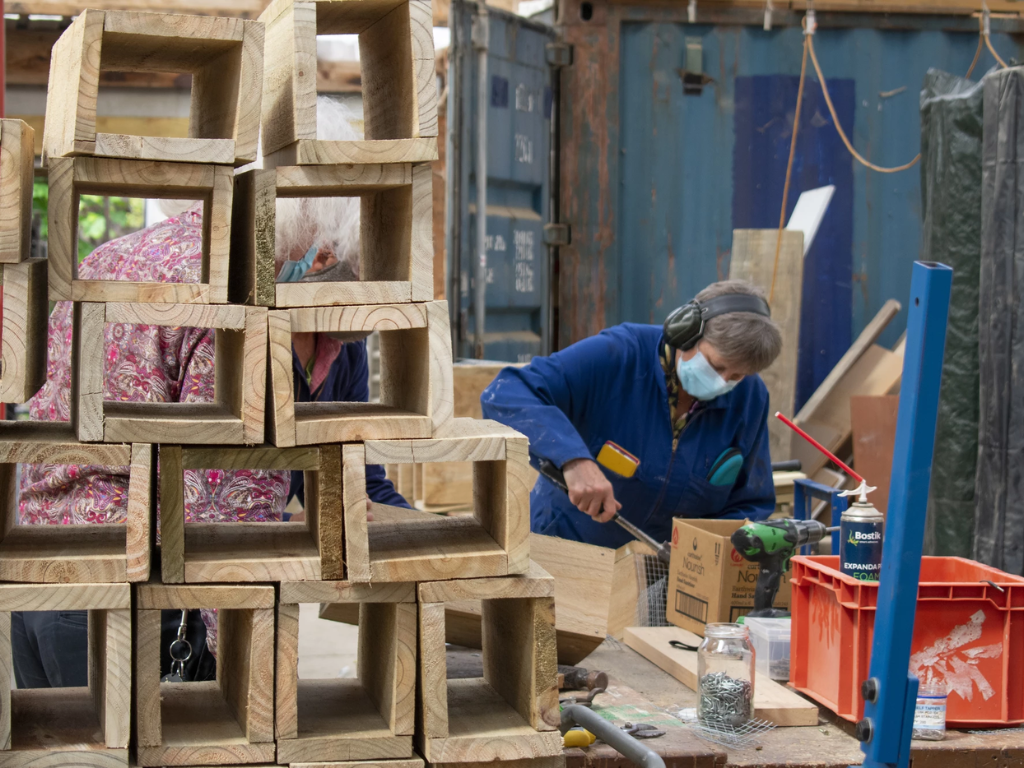A wave of community-led conservation is sweeping across New Zealand, powered by passion, dedication, and now, an exciting new round of funding. The Predator Free NZ Trust is proud to support this inspiring cohort of trapping groups as part of our Predator Free Communities Programme.
Groups funded by region
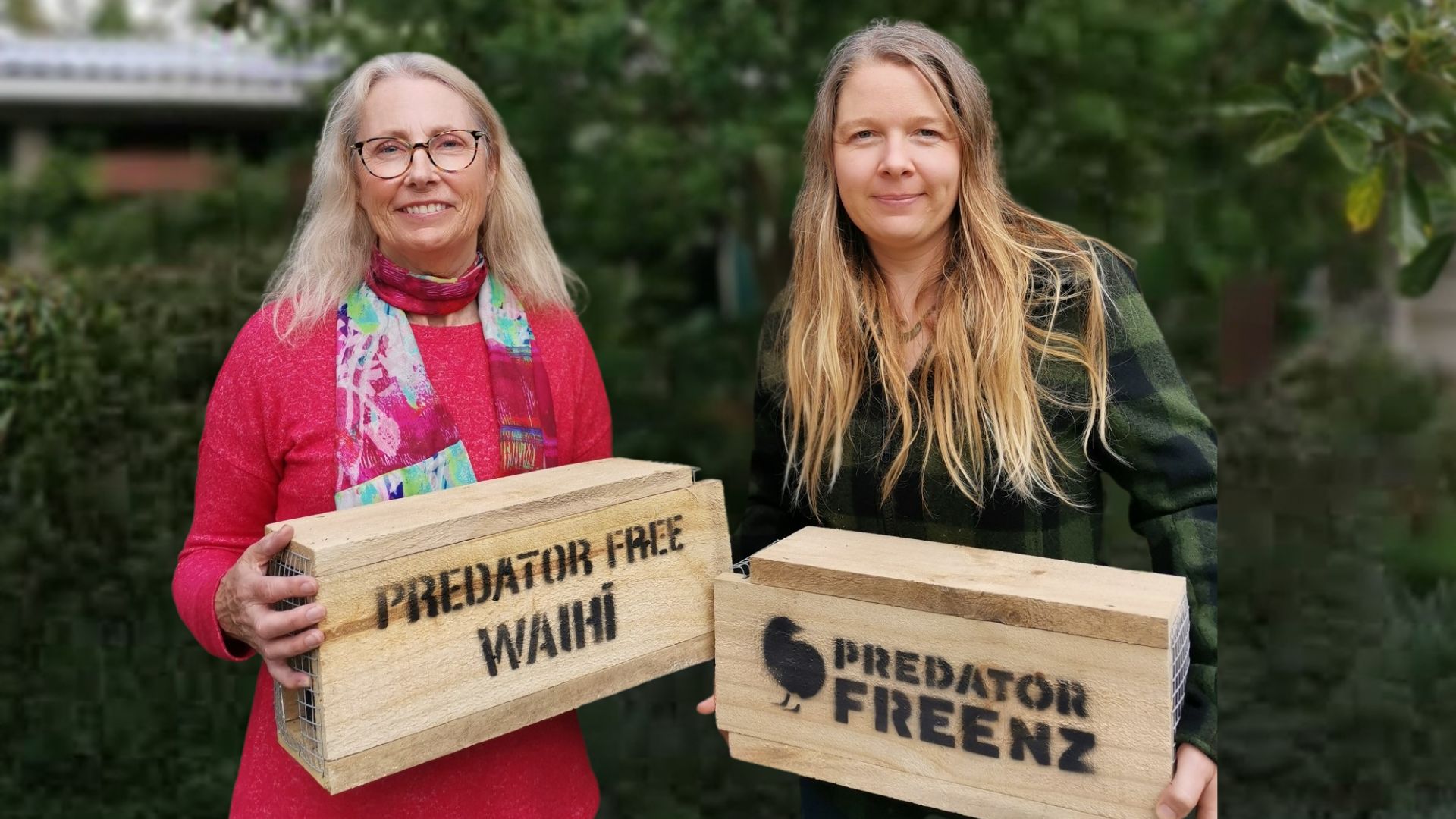
Northland
Doubtless Bay Land Care
This bay on the east coast of Northland is known for its pristine sands and crystal clear waters, which holidaymakers flock to — but there’s a new force for wildlife conservation amongst the permanent residents.
Funding will kickstart the Doubtless Bay Land Care group to turn well-organised plans into reality: buying traps, building trap boxes and educating the community about the benefits of predator control. Excitingly, recent monitoring has revealed at least four kiwi living in the area, further fueling their mission to “bring back the birds”, hokinga mai ka mau. Contact Tim Fahy to get involved: [email protected].
Auckland
Long Bays Residents Association
Residents of this northernmost suburb in the North Shore want to put it on the map as a wildlife hotspot. Oystercatchers, white-fronted terns, gulls and dotterels live at Long Bay Regional Park. While predator control is active within the park, the adjacent Long Bay suburb is free range for mice, rats and possums that roam in roofs, gardens, and sheds.
With the help of the nearby established predator control group Restore Hibiscus and Bays, the Long Bay Residents Association will use funding to roll out backyard traps and engage homeowners through a subsidised trap programme.
Once up and running, the suburb will serve as a crucial buffer zone for the regional park.
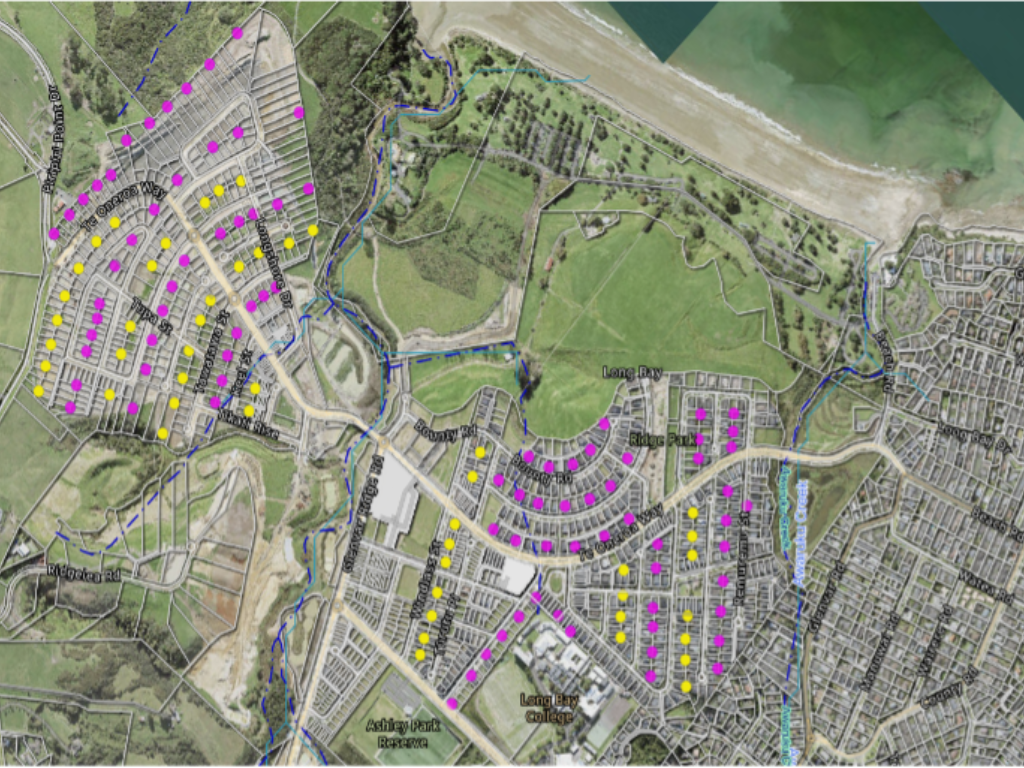
Bay of Plenty
Minginui Community
Once home to sawmills processing thousands of native logs, Te Whaiti and Minginui have shifted focus to restoration. Minginui is home to a native plant nursery dedicated to reviving parts of the Whirinaki Te Pua-ā-Tāne forest lost to logging. For 20 years, an intensive predator control program in the ngahere has been helping protect bats, birds and lizards, with DOC and Te Rūnanga o Ngāti Whare working together.
The small communities are keen to do more for te taiao. With funding, a new predator control group will build tunnel traps with rangatahi in schools and provide traps for each of the 120 households, community hall, marae, and school. Contact Freddy Carr to get involved: [email protected].
Waikato
Predator Free Waihī
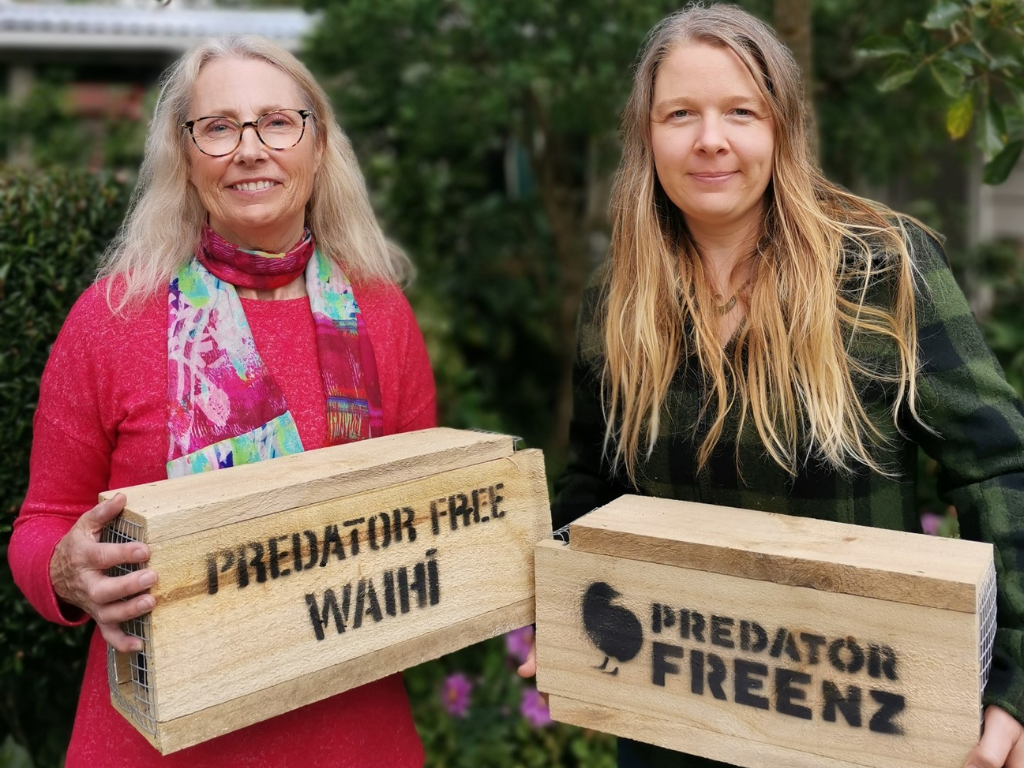
The predator free ethos is striking gold in urban Waihī, and they are keen to take it to the next level. Predator Free Waihī has distributed over 100 backyard rat traps, and the community’s response has been enthusiastic.
The momentum is there, and funding will help roll out 100 more traps to backyards.
At the same time, organisers continue to engage businesses, local schools, the community marae and use social media to raise awareness about local wildlife.
Meanwhile, Predator Free Waihī Beach and Otawhiwhi Marae spearhead trapping efforts on the coast.
Onemana Predator Free
The secluded coastal settlement of Onemana, near Whangamatā, is home to endangered dotterels, oystercatchers, and residents dedicated to their protection. During each breeding season, Onemana Predator Free volunteers carefully fence off part of the beach and do daily nest and chick checks. Rat, hedgehog and stoat traps are laid in the dunes and maintained by — the effort paid off last season with a record number of dotterel fledglings in the most recent season.
The community wants to expand its progress by launching a backyard trapping movement to catch rats before they reach the beach. Funding will set them up for success. Contact Les Fleming to get involved: [email protected].
Hawke’s Bay
Waimārama Marae
Adorning the beautiful Hawke’s Bay coast, nestled along the Waingōngoro Awa, the marae, hapū and community of Waimārama have been dedicated to restoring te taiao through weeding and planting.
However, a thriving taiao, and a clean flowing awa require more – they need vigilant pest management. After predators killed chickens at the local kura and a decline in manu, the community plans to install and monitor traps to address these threats with Trust funding for traps and materials.
In time, this initiative will create an educational space for tamariki to learn about conservation, surrounded by native trees and a rongoā garden. The initiative will inspire the wider hapori to engage in predator control and protect precious natural resources for the future.
Contact Cheyenne Lambert to get involved: [email protected]
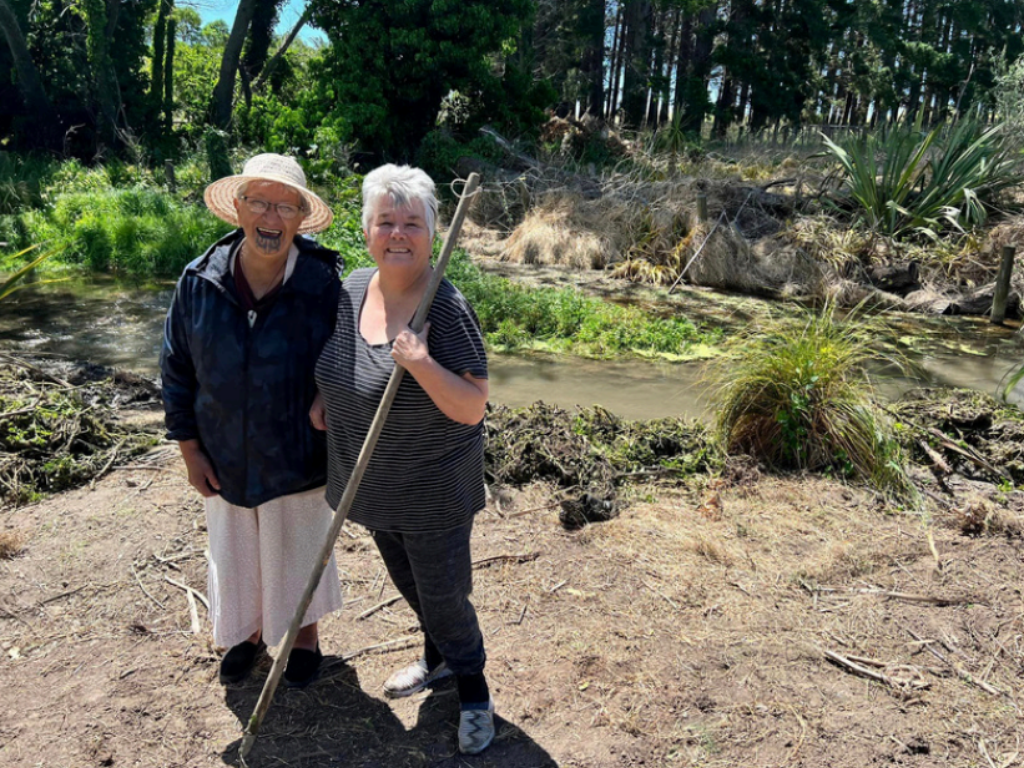
Manawatū-Whanganui
Lions Palmerston North
Watching predator free communities continue to pop up nationwide, the Middle Districts Lion Club in Palmerston North felt left out. With no organised urban predator free effort to speak of, the community service group members did what they do best: rolled up their sleeves and took matters into their own hands. Following advice to start small and gain confidence, they’ve set their sights on the neighbourhood near the Manawatū River as their starting point.
With donated traps and timber for boxes, they are already halfway to their goal of 500 traps. Their funding will accelerate a trap building and distribution programme to keep pace with the enthusiasm of club members and the community. They hope their success could set off a chain reaction, inspiring other Lions Clubs across New Zealand to follow suit. Contact Craig Hart to get involved: [email protected]
Wellington/Wairarapa
Wild Aro
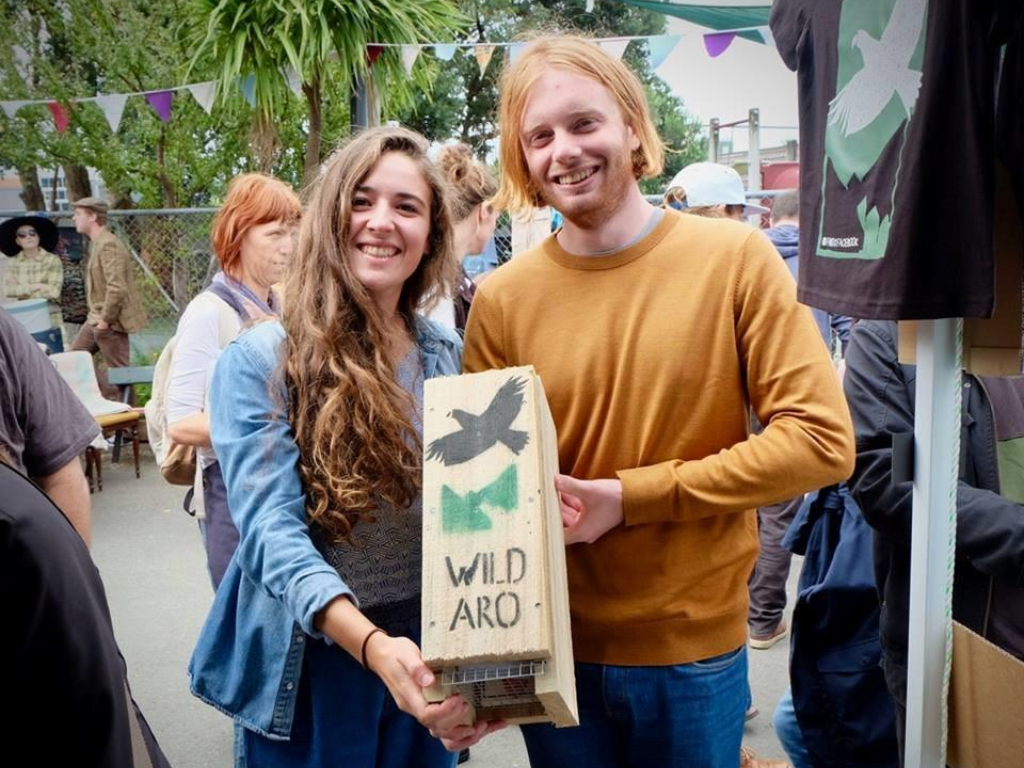
Living next to a fenced wildlife sanctuary like Zealandia Te Māra a Tāne has its perks as native birds like kākā, toutouwai (robin), and tīeke (saddleback) often venture beyond the sanctuary into Aro Valley’s backyards. But with this privilege comes responsibilities — which the community takes seriously.
For six years, Wild Aro has been coordinating household and bush-line rat trapping to protect native birds that come over the fence, plus lizards and wētā. With some fresh funding, Wild Aro aims to grow the 335 households already involved.
They are laying the groundwork for Predator Free Wellington as the project sweeps across the city, eradicating rats, stoats and possums suburb by suburb.
Predator Free Normandale
Sightings of kākāriki, miromiro (tomtit) and pōpokotea (whitehead) on the bushy edges of this Lower Hutt suburb have prompted the community to ramp up its predator control efforts.
With new funding, Predator Free Normandale plans to double down on rat trapping — aiming for a trap in every second backyard — and enhance its efforts against possums. It also plans to revive community walk-and-talk events, send regular emails to keep members motivated and engage with local schools.
Nelson Tasman
Toi Toi Trappers
If you asked the residents of the Nelson suburb of Toi Toi where they see themselves in 10 years, they’d likely say: “surrounded by korimako (bellbird), ngirungiru (tomtit), riroriro (grey warbler), tauhou (silvereye), tīeke (saddleback), ruru, tūī, pīwakawaka, kererū and weka.” Toi Toi Trappers’s founders — including a project manager, vet and mechanical design engineer — have a step-by-step plan of action to at least safeguard these species from introduced predators.
Their funding will provide chew cards for monitoring and the first traps. By aiming to place a trap in every fifth backyard, they plan to turn Toi Toi into a vital biodiversity corridor, connecting other trapping groups and reserves in the area. Contact Scott to get involved: [email protected].
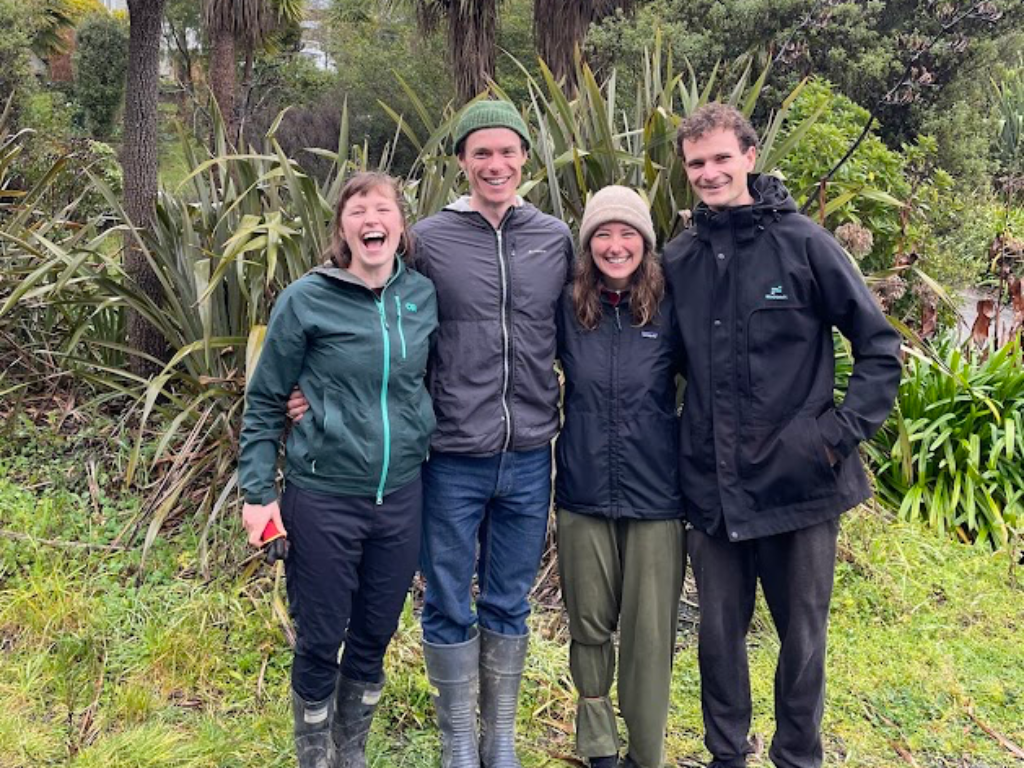
Friends of East Mohua (FOEM)
To see a coastal forest alive with birds and streams and wetlands brimming with diverse fish species — that’s the vision of Friends of East Mohua (FOEM). Based in eastern Golden Bay, the group is already making significant strides through fundraising, tree planting, weed removal, and trapping. FOEM is now poised to expand their efforts to enhance its impact on nature.
With plans to roll out 50 more traps and engage 150 additional households from Motupipi to Wainui Bay, FOEM is strengthening their network and rallying the community to join the cause.
Motueka Catchment Collective
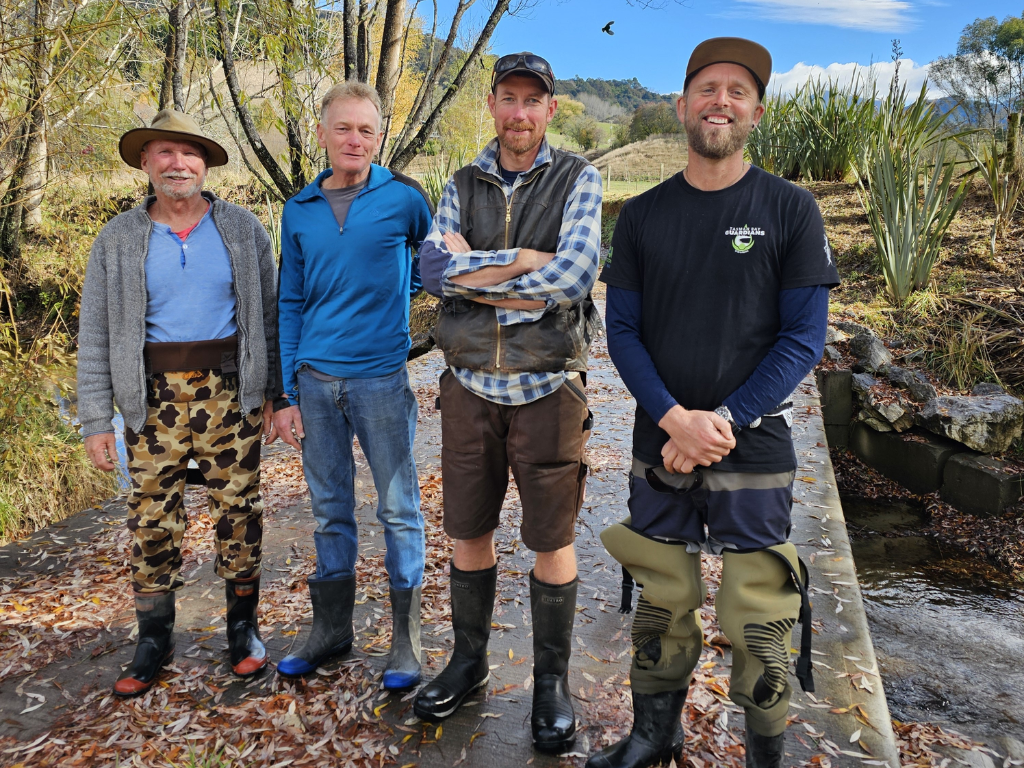
For the past four years, farmers, lifestyle block owners, forestry and others have been banding together to protect the Motueka River and its tributaries. Last year, their hard work earned them a chunk of money from MPI to focus on water restoration — but to achieve a catchment that is genuinely healthy, thriving and full of native species, the collective needs to step up its predator control efforts and bring town residents near the catchment on board.
To meet this challenge, the group has established a pest management arm with experts in trapping and biodiversity. With funding, they can roll out a subsidised trap initiative to engage the residential communities of Motueka, Brooklyn, Riwaka, and Tapawera.
Canterbury
Predator Free Waimairi Beach
Waimairi Beach is a Christchurch suburb flanked by coastal, forest and wetland habitats. Diverse plants, birds, reptiles and bugs call these places home, and this sparked a passionate trio to form a backyard trapping group two years ago.
That group now has nearly 200 traps in action, hosts trap build days and market days and gives talks at schools and libraries. They aim to supercharge local biodiversity and bring residents closer to nature. With funding, they can add more traps, set up better monitoring, and ramp up their community outreach. The dream is a future where native skinks, insects, and kererū and tūī return to gardens in Waimairi Beach.
Otago
Arrowtown Backyard Trappers
Arrowtown is expanding its predator control efforts from the surrounding forested hills into backyards and gardens. They plan to install rat traps in every second backyard and possum traps in every fifth backyard along the Arrow River to complement the good work of Predator Free Arrowtown.
Arrowtown Backyard Trappers will help prevent introduced predators from reinvading the protected forest rising above the river (known for its exotic autumn foliage) where ruru, tūī, pīwakawaka, korimako, riroriro, kārearea, and pipipi (brown creeper) live. Contact Anna to get involved: [email protected].
Open Valley Urban Ecosanctuary
Bit by bit, backyard by backyard, nature is making a comeback in Dunedin’s North East Valley. Thanks to the well-organised Open Valley Urban Ecosanctuary project, residents are empowered to remove invasive weeds, grow natives, and learn how to trap and monitor introduced predators.
As Predator Free Dunedin gathers steam elsewhere in the city, more locals are eager to join the movement by trapping in their own gardens.
With additional funding, the project can provide subsidised traps, bringing even more backyards into the fold and helping nature reclaim its space.
